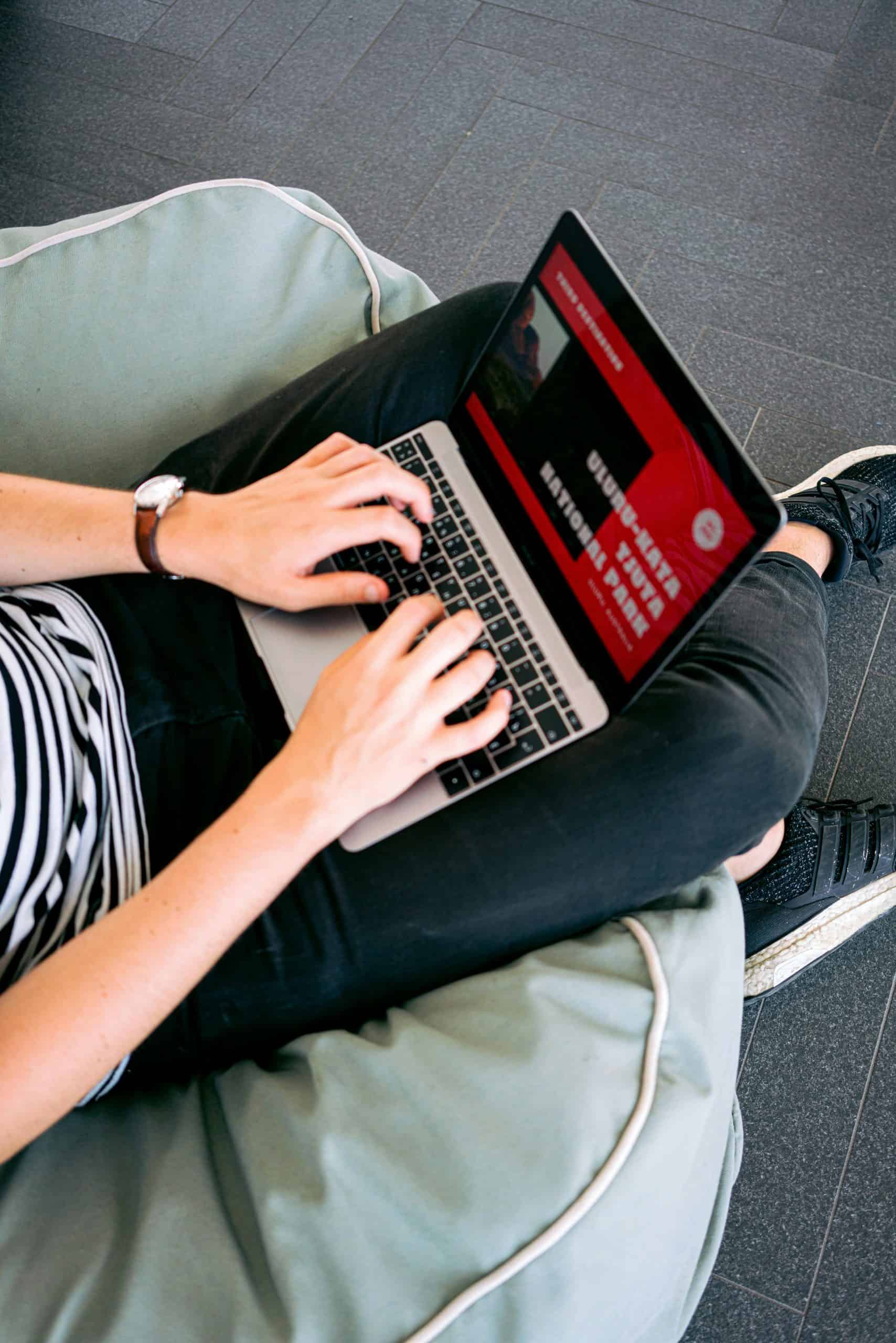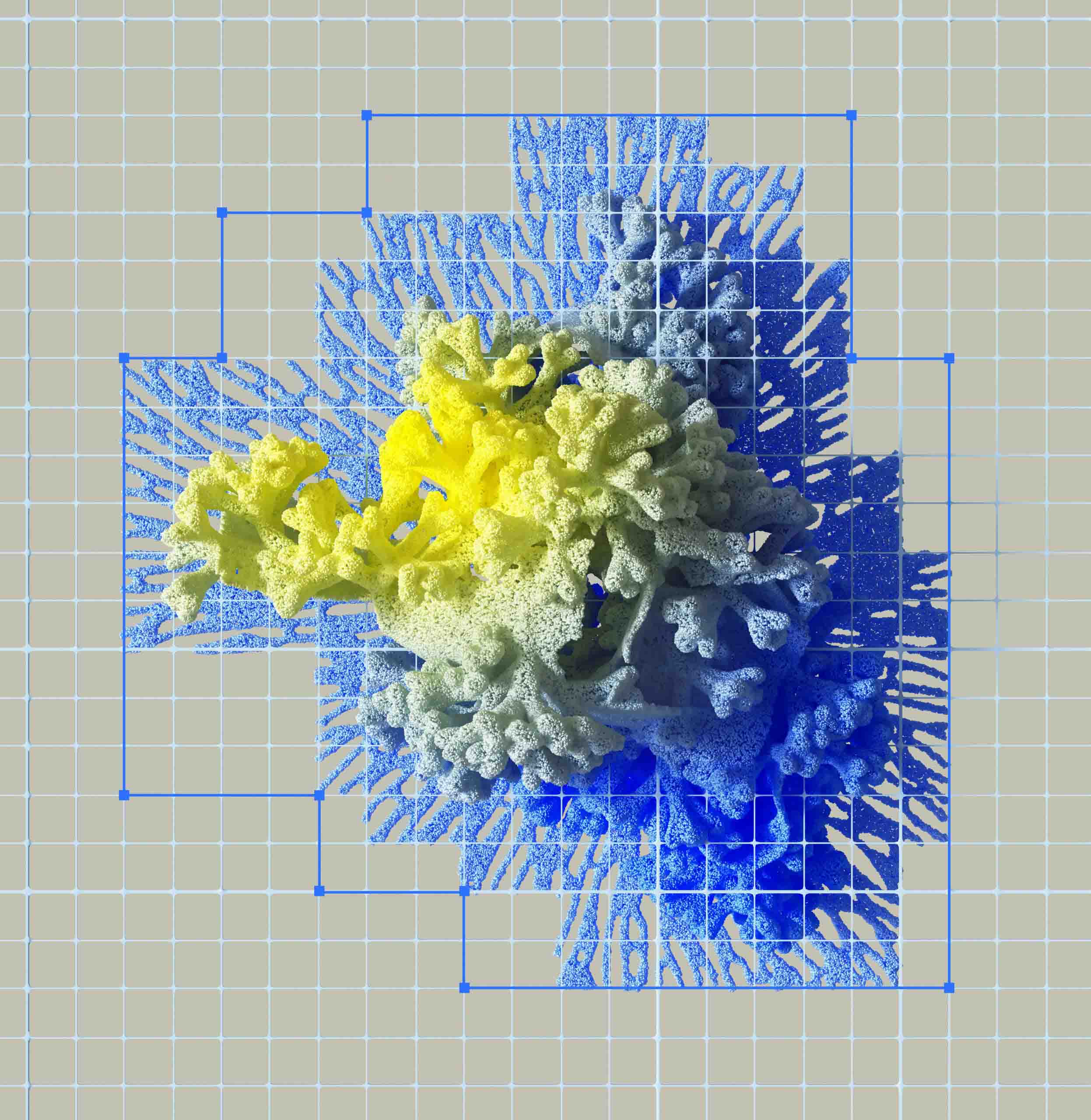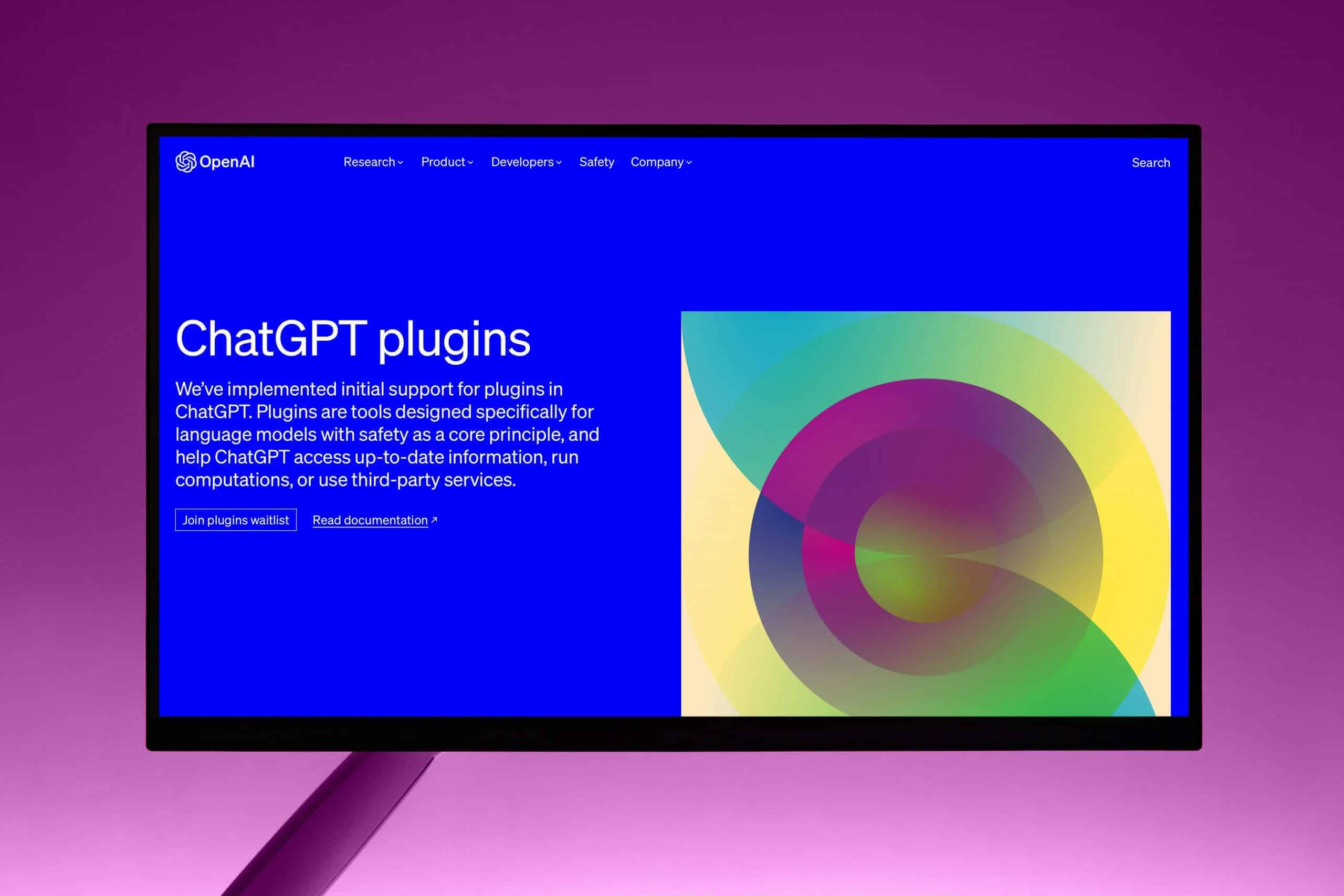Web design has changed a lot lately, thanks to AI-Generated Web Design. Now, computers can help create websites faster and smarter. But can AI really understand what makes a site look good? Or is it just copying what humans like? Figuring this out is important for businesses, designers, and users. It impacts how websites look, work, and make us feel.
Understanding Aesthetics: Human vs. AI Perspectives
What is Aesthetics in Web Design?
Aesthetics is all about what makes a website look pleasing. It involves colors, layout, images, and how everything fits together. Good design isn't just about looking pretty—it also feels right. Aesthetic choices guide how easy it is to use a site and how it makes visitors feel. Beauty is subjective. What one person loves, another might not. That makes aesthetics tricky to pin down.
How Humans Perceive and Judge Aesthetics
People judge design quickly. Their brains process visual cues and emotional reactions. What feels attractive can depend on culture, mood, and personal taste. We notice symmetry, color harmony, and clarity. Even past experiences shape what we think looks good. That’s why two people can look at the same website and disagree on its style.
Can AI Mimic Human Aesthetic Judgment?
AI can learn patterns from lots of images and designs. It uses machine learning models trained on datasets filled with beautiful layouts. But does it truly get what humans see as attractive? Not quite. AI lacks emotional understanding and personal taste. Studies show AI can match popular styles but struggles with nuance. It’s good at copying trends but misses the deeper feeling behind good design.

The Technology Behind AI-Generated Web Design
Machine Learning Algorithms and Data Training
AI tools for web design use forms of machine learning. Examples include generative adversarial networks (GANs), convolutional neural networks (CNNs), and transformers. They learn from huge amounts of visuals—stock photos, design examples, and user data. This helps them understand what tends to look appealing and work well.
Popular AI Tools and Platforms for Web Design
Some well-known AI-based design tools are joining the scene:
- Wix ADI: Uses AI to build entire websites based on simple questions.
- Bookmark's AiDA: Offers custom design suggestions you can tweak.
- The Grid: Aims to create adaptable, user-focused websites.
These platforms suggest layouts, choose color palettes, and decide where to put content. They help save time but often require human input to perfect the final look.
Advancements in AI Design Capabilities
AI keeps getting better at picking up design trends. It can analyze how users interact with websites and adapt accordingly. That means more personalized, user-friendly designs. AI can also identify what styles are trending and apply them seamlessly.
Evaluating AI-Generated Web Designs: Criteria and Methods
Visual Appeal and User Engagement
A site's looks matter. Metrics like bounce rate, time spent on a page, and conversion rate help measure how visitors respond. An effective AI-designed site should attract visitors and keep them engaged. Some brands report increased engagement after switching to AI-created templates.
Functional and User-Centric Aspects
Good design isn’t just looks. It’s about making the site easy to navigate, accessible for everyone, and fast on any device. AI tools are improving in understanding usability principles. They can recommend designs that are simple to use and responsive across screens.
Limitations and Challenges
Though AI is making strides, it’s not perfect. It often struggles with complex brand storytelling or cultural references. Some AI designs may look good but lack the soul that human touch provides. For example, a brand’s unique identity might get lost if AI only pulls from common themes.

Expert Insights and Industry Perspectives
Opinions from Web Design Professionals
Many designers believe AI is a helpful tool but not a replacement. They see AI as an assistant that saves time and offers ideas. Still, the creative spark and emotional touch remain hard for machines to replicate. A top designer once said, “AI can suggest, but humans must create the heart.”
Market Trends and Adoption Rates
More businesses are trying AI web design tools. Surveys show about 30% of firms already use AI for some part of their website creation. Experts expect this number to grow rapidly. As AI tools improve, they’ll become smarter and more popular among small and big brands alike.
Ethical and Creative Considerations
Who owns an AI-created design? That’s a question many are asking. Plus, using AI might impact creative jobs. Some fear it could replace some roles, while others see it as a way to boost human creativity. The key is balancing AI’s help with human imagination.
Actionable Tips for Leveraging AI in Web Design
- Use AI tools to generate ideas but add your personal touch.
- Always review and customize AI templates to match your brand.
- Keep up with new AI features to stay ahead.
- Focus on delivering a great user experience over just making designs look pretty.
Conclusion
Can AI truly understand what makes a website beautiful? For now, it seems AI can mimic certain aspects of aesthetics but doesn’t fully grasp human taste and emotion. AI works best when it acts as a helper alongside human creativity. Think of it as a powerful paintbrush—you still need an artist to create something meaningful. As AI continues to improve, the future looks bright for websites that combine machine efficiency with human style. Expect smarter, faster, and more personalized design options ahead.

